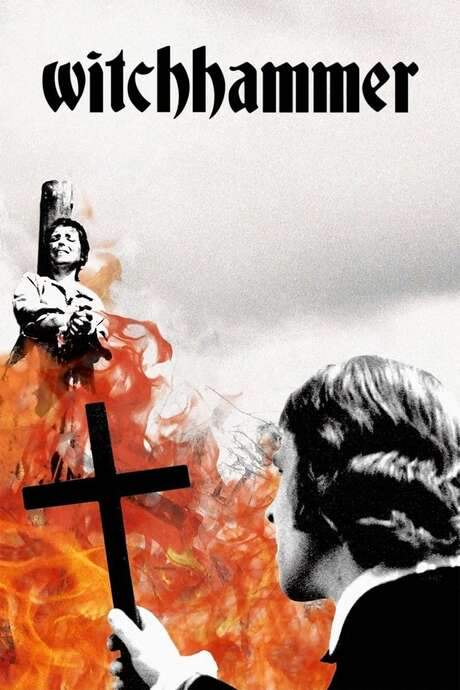
Witchhammer
Year: 1970
Runtime: 107 mins
Language: Czech
Director: Otakar Vávra
In the 1600s a fanatical clergy drives a wave of witch‑hunts, arresting women and dragging them before inquisitorial tribunals where they are forced to confess to fictitious sorcery. The film shows how brutal torture and relentless persecution are used, and anyone who dares to defend the accused is branded a heretic themselves.
Warning: spoilers below!
Haven’t seen Witchhammer yet? This summary contains major spoilers. Bookmark the page, watch the movie, and come back for the full breakdown. If you're ready, scroll on and relive the story!
Timeline – Witchhammer (1970)
Trace every key event in Witchhammer (1970) with our detailed, chronological timeline. Perfect for unpacking nonlinear stories, spotting hidden connections, and understanding how each scene builds toward the film’s climax. Whether you're revisiting or decoding for the first time, this timeline gives you the full picture.
Last Updated: October 09, 2025 at 11:23
Unlock the Full Story of Witchhammer
Don't stop at just watching — explore Witchhammer in full detail. From the complete plot summary and scene-by-scene timeline to character breakdowns, thematic analysis, and a deep dive into the ending — every page helps you truly understand what Witchhammer is all about. Plus, discover what's next after the movie.
Witchhammer Summary
Read a complete plot summary of Witchhammer, including all key story points, character arcs, and turning points. This in-depth recap is ideal for understanding the narrative structure or reviewing what happened in the movie.



